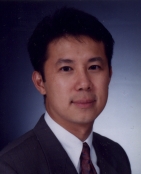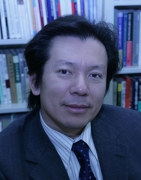Title: "Unsupervised Discovery of Objects and Object Hierarchy in Video: Content Extraction Made Easy"
Abstract: Based on the bag-of-words representation, statistical models have recently become a popular approach to object discovery, i.e., extracting the "object of interest" from a set of images in a completely unsupervised manner. In this talk, we will outline this approach and extend it from still images to motion videos. We will propose a novel spatial-temporal framework that applies statistical models to both appearance modeling and motion modeling. The spatial and temporal models are integrated so that motion ambiguities can be resolved by appearance, and appearance ambiguities can be resolved by motion. In addition, with statistical modeling we can extract hierarchical relationships among objects, completely driven by data without any manual labeling. This framework finds application in video retrieval (e.g., for YouTube or Google Video) and video surveillance.
 |
Bio: Tsuhan Chen has been with the Department of Electrical and Computer
Engineering, Carnegie Mellon University, Pittsburgh, Pennsylvania, since
October 1997, where he is currently Professor and Associate Department Head.
From August 1993 to October 1997, he worked at AT&T Bell Laboratories,
Holmdel, New Jersey. He received the M.S. and Ph.D. degrees in electrical
engineering from the California Institute of Technology, Pasadena,
California, in 1990 and 1993, respectively. He received the B.S. degree in
electrical engineering from the National Taiwan University in 1987. |

